
Proper sleep hygiene as a force multiplier
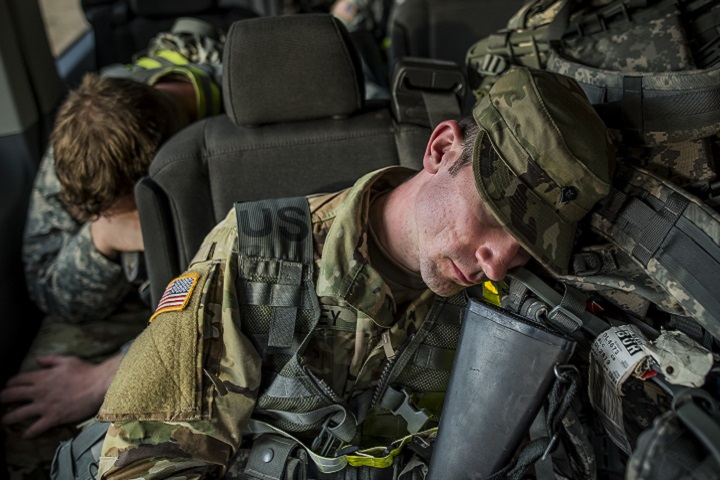
The fact that properly resting personnel has multiple benefits across the spectrum of human performance and military readiness is undisputed. (U.S. Army photo by Master Sgt. Michel Sauret)
FORT RUCKER, Ala. — It was a quiet morning with the mist of daybreak broken gently by the early light of dawn and a small group of cadenced Soldiers marching along a roadway.
For the Soldiers and their NCOs, it had been a rigorous couple of days of training starting early in the morning and stretching into evening.
This particular day started as the previous mornings had, with physical readiness training. Afterward, the Soldiers headed to the range for weapon qualification and a foot march back to the unit area.
This training task was not foreign to the Soldiers and NCOs; they completed it a few days prior. Today, however, disaster struck.
A truck following the Soldiers with water and other support accelerated into the group, killing two and injuring five.
In a split second, what began as a routine day of training ended in tragedy. The driver was a seasoned leader, committed to the 24/7 care and training of Soldiers. This is what the he lived for - to the point where he and his peers neglected their sleep hygiene. The deadly result: falling asleep while driving a truck and accidentally running through a formation of troops from behind.
Human performance while sleep-deprived is a lot like being under the influence of alcohol. Driving after being awake for 18 hours is equal to a blood alcohol concentration of 0.08 percent - e.g. legally drunk - and leaves you at equal risk for a crash.
According to Williamson and Feyer, in the journal Occupational and Environmental Medicine, "the fatigue of sleep deprivation is an important factor likely to compromise performance of speed and accuracy of the kind needed for safety on the road and in other industrial settings," with corresponding degradation of performance due to fatigue when compared to that of alcohol - and, that it was often even worse.
The National Sleep Foundation reports 100,000 crashes each year are caused by fatigued drivers and that 55 percent of drowsy driving crashes are caused by drivers less than 25 years old.
There's an increased likelihood that the macho pronouncement, "I'll sleep when I'm dead," will certainly self-fulfill, should the lie rear its ugly presence in a unit, either for the one making the statement or for an unwitting victim or victims of this willful, deadly carelessness.
While attitudes are shifting, there remains an entrenched disregard for the negative effects of sleep deprivation-related fatigue and the damaging effects on performance and safety.
However, there's a notable exception: Aviation as a whole has made great advances over the past 50 years by implementing clearly and intentionally defined "crew rest" time into battle rhythms and flight schedules. Translating these safety successes into non-aviation settings has proven difficult but must be pursued aggressively, by a modern fighting force that wants to increase readiness and success in battle.
There are, however, signs that attitudes overall are changing. Many folks in and out of the military are proclaiming sleep to be "a new miracle drug" and believe proper amounts and quality of sleep provide whole-body restoration and detoxing.
But there's nothing really new about this. Additionally, there are marked human performance benefits with increased sleep, as Dr. Murali Doraiswamy of Duke University Medical Center and chair of the Global Agenda Council on Brain Research reports. As an example, elite athletes experience enhanced performance when increasing their time spent sleeping.
Also, just ask anyone who has recently received successful treatment for obstructive sleep apnea or other sleep disorders and note the life-changing benefits they report from finally getting a good night's sleep.
The popular and scientific press has had a lot to say about the importance of proper sleep for a long time. Military writers and wellness advocates, notably via the Army's Performance Triad, also have weighed in on the topic, all promoting awareness of the relationship of good sleep habits and safety to service members and military civilians. Yet, sustained rates of fatigue-related accidents in the military population persist, both on and off duty.
Leaders and safety professionals face the challenge of questioning why messaging and methods promoting restorative sleep are met with limited success.
The fact that properly resting personnel has multiple benefits across the spectrum of human performance and military readiness is undisputed. The challenge remains thwarting the myth that there is any honor at all in sleep deprivation and for establishing a culture of healthy and timely rest into the battle rhythm of the force, one where witnessed sleep deprivation elicits the same response as drunk driving, leaving a child in a parked car on a hot day, etc. The proven potential for serious injury or death is just as real.
Like elite athletes, warrior athletes across the Army benefit from adopting a lifestyle of nurturing restorative sleep hygiene and guarding proper personal and group rest and recovery, even as many Soldiers, Airmen, Sailors and Marines guard their workout routines, fitness supplements, nutrition, professional training, etc.
Sleep is cheap. It costs nothing to rest troops properly, with proven, immediately realized returns on investment of improved readiness and reduced loss. The trust built among warriors is built on certain assumptions.
Let's add the confidence of knowing a battle buddy is rested and ready to our list of vital tactics, techniques and procedures.
Disclaimer: Re-published content may have been edited for length and clarity. Read original post.
Army researchers develop tasty, healthy performance bar
Article
9/4/2018
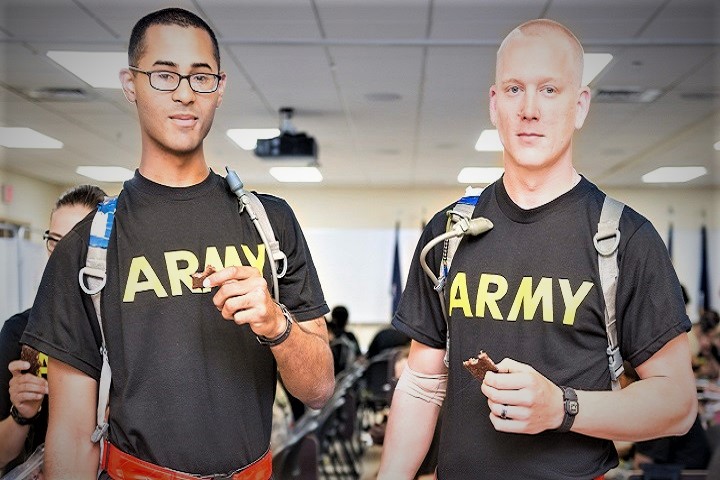
Researchers aren’t working to provide recruits and soldiers with something that only tastes good; it has to make sense for their nutrition
Guard Soldier uses medical skills to save boy’s life
Article
8/31/2018
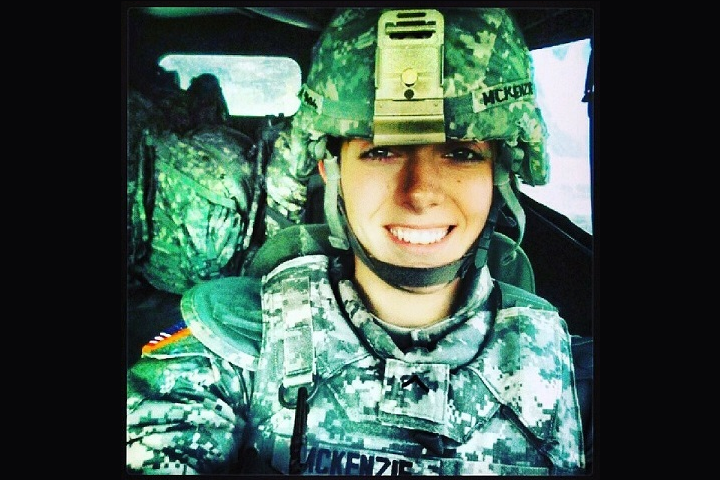
McKenzie just completed combat life-saving training and immediately began to triage the injuries the boy sustained in the fall
Norovirus
Infographic
8/27/2018

Beginning in 2011, the Operational Infectious Diseases (OID) laboratory at the Naval Health Research Center has undertaken routine surveillance of four U.S. military training facilities to systematically track the prevalence of acute gastroenteritis and to establish its etiologies among U.S. military recruits.
Leptospirosis
Infographic
8/27/2018

Leptospirosis: The presence of leptospirosis in the Republic of Korea (ROK) poses a potential threat to more than 40,000 U.S. Armed Forces personnel and their family members who reside in the ROK. This is the first published study for risk assessment of leptospirosis among U.S. Army soldiers assigned to the ROK.
Staphylococcus
Infographic
8/27/2018

Staphylococcus: Staphylococcus aureus is a major cause of skin and soft tissue infection (SSTI). Military personnel in congregate settings (e.g., training, deployment) are at increased risk for S. aureus colonization and SSTI. For a 7-month period in 2016, an observational cohort study of S. aureus colonization and SSTI among U.S. Navy submariners was ...
U.S. doctors save Italian patient hours from death
Article
8/8/2018
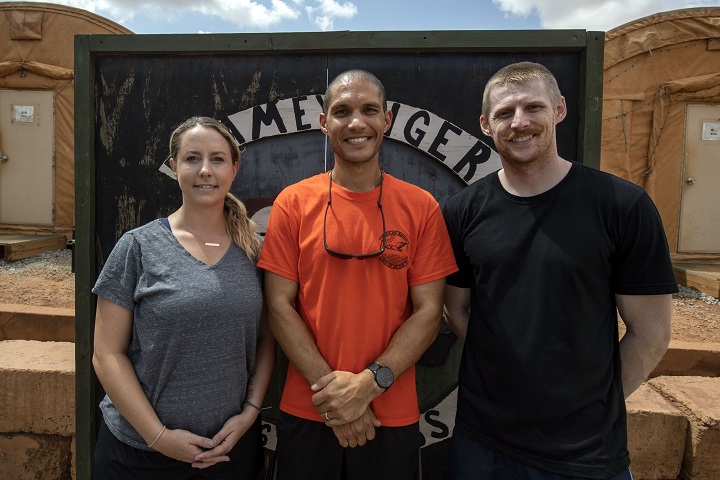
The patient had a fever, a very high heart rate and low oxygen levels
Healthy sleep for healing
Article
8/7/2018
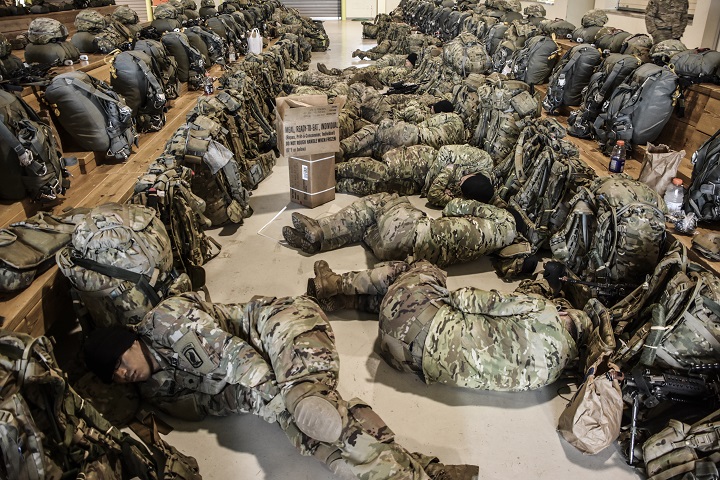
We know how to treat bad sleep
Trauma care reference body now woven into DHA combat support
Article
8/3/2018
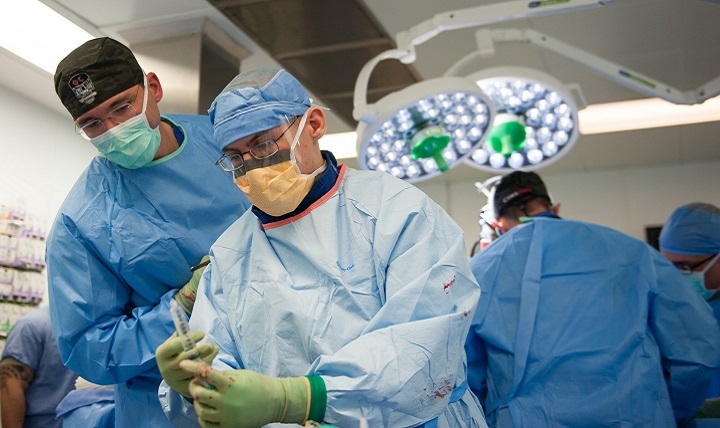
The JTS mission is to provide evidence-based process improvement of trauma and combat casualty care to drive morbidity and mortality to the lowest possible levels, and to provide recommendations on trauma care and trauma systems across the Military Health System
Shanahan discusses medical readiness, DHA transfer at Womack
Article
8/1/2018
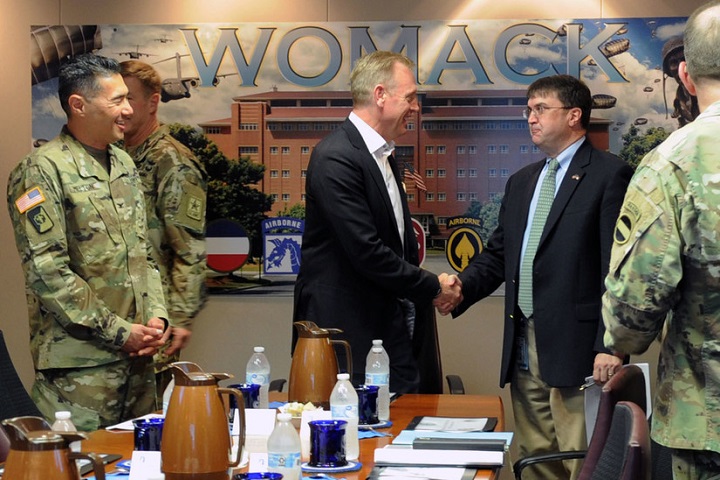
The fiscal year 2017 National Defense Authorization Act transfers the administration and management of military medical treatment facilities to the DHA beginning Oct. 1, 2018
Leaders come together to rehearse military healthcare transition
Article
7/31/2018
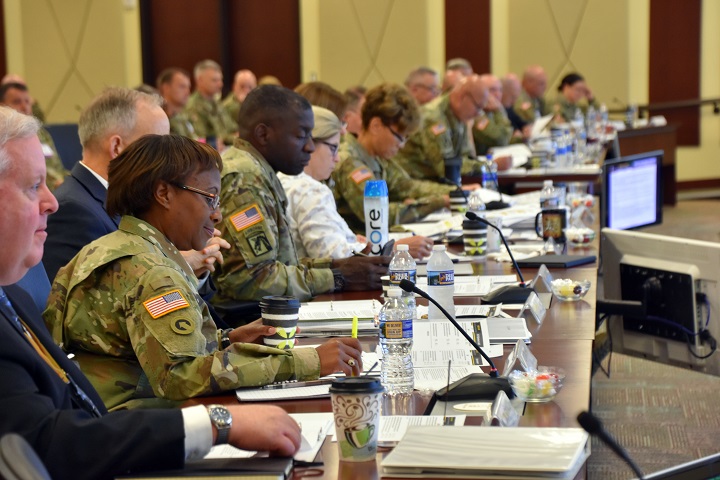
There should be zero impact on delivery of medical services that support readiness of the force
Acute Injuries
Infographic
7/25/2018

Service members in the U.S. Armed Forces frequently engage in high levels of physical activity to perform their duties, and such activity can potentially result in training- or duty-related injury. This report summarizes the incidence, trends, types, external causes, and dispositions of acute injuries among active component U.S. service members over ...
Food Allergy
Infographic
7/25/2018

Individuals with a history of food-allergy anaphylaxis or a systemic reaction to food do not meet military accession or retention standards and require a waiver in order to serve in the military. First-line treatment for anaphylaxis includes rapid administration of epinephrine.
Preparing for travel can prevent illness
Article
7/17/2018
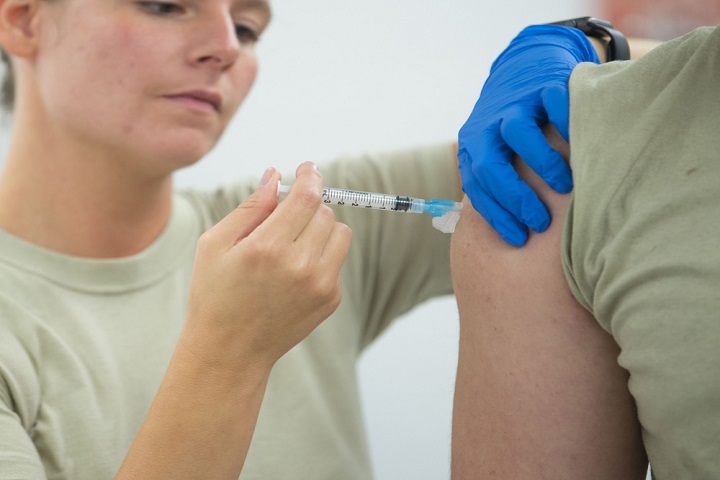
Experts encourage travelers to be proactive about their travel medicine needs, including learning about the health risks associated with the destination and checking with their doctor to make sure they’re in good health
Global Influenza Summary: July 8, 2018
Report
7/8/2018
Department of Defense Midseason Vaccine Effectiveness Estimates for the 2017-2018 Season, U.S. Armed Forces, 2000–2015 Vaccine Effectiveness
Infographic
7/3/2018






















.png)












No hay comentarios:
Publicar un comentario